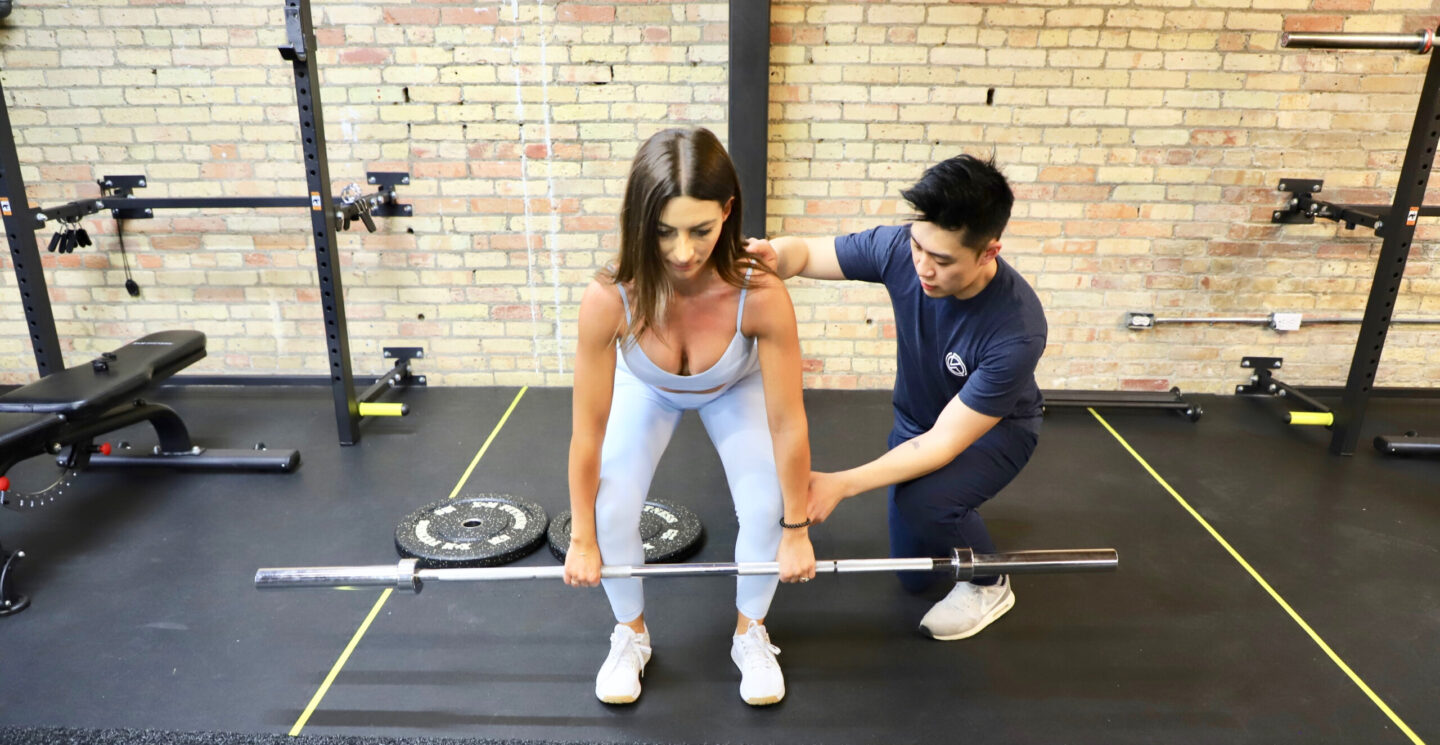Avoiding overuse injuries to maximize fitness gains – Part 1

We’ve just hit the month and a half-mark since the gyms reopened in Toronto, and it has been refreshing to see so many of our clients itching to regain some of the fitness they lost over the course of several COVID-19 lockdowns. We get it! You’re hungry to get back to where you were prior to the pandemic and can barely contain yourself at the thought of breaking a new personal record. Many, if not all, of the clinicians here at Kinect Rehab and Performance feel the same way about our own fitness and athletic journeys. Unfortunately, being excited to make new gains doesn’t make you injury-proof and we all know that getting injured is a fast way to lose progress. Rather than analyzing movement mechanics and making minor technical changes to facilitate performance improvements, lately I’ve found myself more frequently wrapped up in conversations surrounding load management. Simply put, doing too much too quickly can get you into trouble from an injury prevention standpoint. Of course, this begs several important questions that need answers:
- How much training/exercise is too much?
- How do I recognize when to pull back on my training/exercise routine (and do I have to)?
These are great questions and as you would imagine, they’re all relatively unique to the individual and their current situation. As much as we can really dig deep into the scientific literature and satisfy our inner geek, I’ll spare you some of the boring details and we’ll get straight into some of the practical answers to both of these questions.
For starters, I think we all know how much is too much exercise/training. If you’ve ever taken a fitness and/or sports performance goal seriously, you’ve hit that point where it was no longer as fun to push forward. Some describe it as going through the motions while others describe it as losing motivation, and that eye on the prize starts to shift towards more restful behaviours. If any of you are like me, that usually looks like having difficulty getting out of bed in the morning, drinking more caffeine to find the energy to get through the day or looking through the takeout menu rather than sticking with your nutrition goals.
Unfortunately, staying the course and ignoring some of these earlier signs to reduce training volumes and intensity have been landing a number of our clients in the clinic. That means we’ve been seeing more and more overuse injuries, including Tennis elbow (lateral epicondylitis), Golfer’s elbow (medial epicondylitis), Jumper’s knee (patellar tendonitis), Shin Splints (medial and lateral tibial stress syndrome), bicipital tendonitis and low back strains. Now don’t get me wrong, we love seeing our clients but we much prefer to see them in situations where we’re fine-tuning their performance rather than seeing them upset and in pain. Aside from the obvious (injuries hurt!), I’ll also add that from a psychosocial standpoint, injuries tend to make individuals less confident and less motivated athletes. But now I’m ranting and perhaps this is something we’ll revisit in a future post.
At this point, I really hope you’re not thinking “Alan, so at the first sight of feeling tired and unmotivated, I should stop training?”. That couldn’t be further from the truth! But I would say it’s time for an honest audit of your training and recovery habits. In my experience as a former coach for competitive Tae Kwon Do and Powerlifting, one of the most important skills for an athlete to learn is how to walk the line between pushing forward to maximize progress and landing an injury. With that said, it can be rather helpful to have an experienced coach and/or rehab professional on your side.
Key Takeaways:
- Your body’s desire for restful behaviour is an early warning sign that you might be training beyond your ability to recover
- Ignoring your body’s desire for restful behaviours can increase your risk of injury over time
- Training as hard as you can while respecting your body’s desire to recover is how you optimize performance gain while mitigating injury risk
If you’re curious about how to maximize the time you spend making gains rather than constantly pulling back on your training volume and intensity, you won’t want to miss part 2! We’ll be covering a variety of options to keep the gain train moving (Hint: Sleep and nutrition are key to maximizing your recovery, but they’re not the only tools we use at Kinect to optimize performance).
